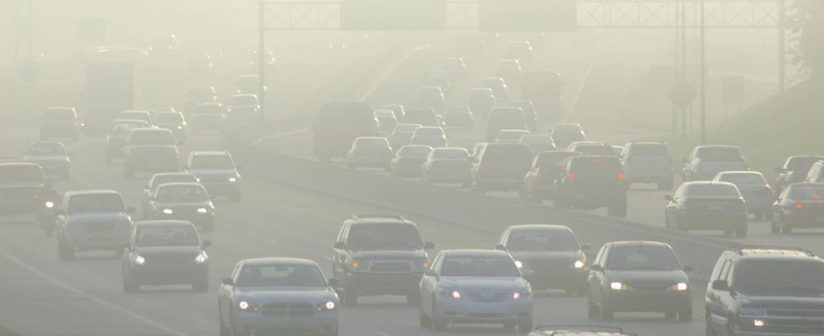Summer can bring more than just sunshine and swimming opportunities. In many urban areas, summer is the time of year when smog is at its worst. Smog is a form of air pollution that’s particularly hazardous on hot days.
Why should you worry about smoggy days? According to the Environmental Protection Agency (EPA), it can be dangerous to breathe in too much smog. Smog contains a pollutant called ozone, and elevated ozone levels can have a variety of negative effects on your lungs.
Smog is most common in big cities, though people living in suburban areas also need to be conscious of its dangers. If you need to pass through a metropolitan area during a family vacation or road trip, it’s also wise to be aware of smog conditions.
No matter where you live, there are precautions you can take to protect yourself and your family on especially hot days, when smog warnings are in effect.
What is smog?
The term “smog” describes a mixture of emissions under specific climate conditions. These emissions include:
- industrial pollutants
- car and other vehicle pollutants
- open burning
- incinerators
In the United States, the first smog usually occurs in the summer. In London, England, smog is more noticeable in the winter.
Summer smog is also known as photochemical smog. This smog is created when sunlight mixes with hydrocarbons and nitrogen oxides, which are chemicals in the atmosphere.
Ozone, a colorless, odorless gas, can be good when in the upper atmosphere but harmful when found near ground level. Ozone formed in the Earth’s lower atmosphere can lead to smog and affect your health when you breathe it.
How can smog affect my health?
Exposure to smog can lead to several different types of short-term health problems due to its ozone content. These include:
- Coughing and throat or chest irritation: High levels of ozone can irritate your respiratory system, generally lasting for a few hours after you’ve been exposed to smog. However, ozone can continue to harm your lungs even after symptoms disappear.
- Worsening of asthma symptoms: If you suffer from asthma, exposure to high levels of ozone from smog can trigger asthma attacks.
- Difficulty breathing and lung damage: Smog can make it feel difficult to breathe deeply, especially during exercise.This is because of the effects of ozone on lung function.
It’s important to note that smog affects everyone differently, and some people are more susceptible to its negative effects. Children, seniors, and people with asthma need to be especially careful on smoggy days.
How can you protect yourself from smog?
If you have respiratory issues that are affected by smog and air pollution – or simply want to protect yourself or your children from the potential health effects – here are some practical tips to help you:
- Keep up to date with weather forecasts and smog throughout the year. You can find a daily update on air quality at the Air Quality website. The Department for Environment, Food and Rural Affairs (DEFRA) also has the latest information and includes a useful colour-coded summary of the current situation in all areas of the UK. If you’re travelling and want to know about how smog might affect you in Europe, the European Environment Agency maintains an ozone map on its website.
- If the air quality forecast is poor, where possible, avoid the affected areas. If this is too difficult, stay indoors and keep your windows closed.
- Avoid exercising in smoggy conditions, particularly at midday when ground ozone levels are at their highest. Try to change the times you exercise to morning or evening (avoiding rush hour), or exercise inside.
- If you’re asthmatic or have COPD, carry your inhaler at all times. If you notice any rapid deterioration in your condition, consult your doctor.
- If you have respiratory conditions and need to travel on smoggy days, avoid congested areas where you may get stuck in traffic jams. Road junctions can be a hotbed of exhaust emissions so keep your windows closed. Airports, seaports and industrial areas also tend to have high levels of pollutants so avoid these too.
- If you’re walking or cycling to work, plan a route that avoids too many areas that are built up or congested.
- Keep your own emissions to a minimum. Avoid unnecessary car journeys in cities, don’t rev up or leave your engine running for a long time outside your home on cold days or when stuck in traffic jams.
Sources:
https://www.healthline.com/health/dangers-smog-what-you-need-know-about-air-pollution#protect-yourself4
https://www.axappphealthcare.co.uk/health-information/allergies/7-steps-to-protect-yourself-from-the-effects-of-smog/


